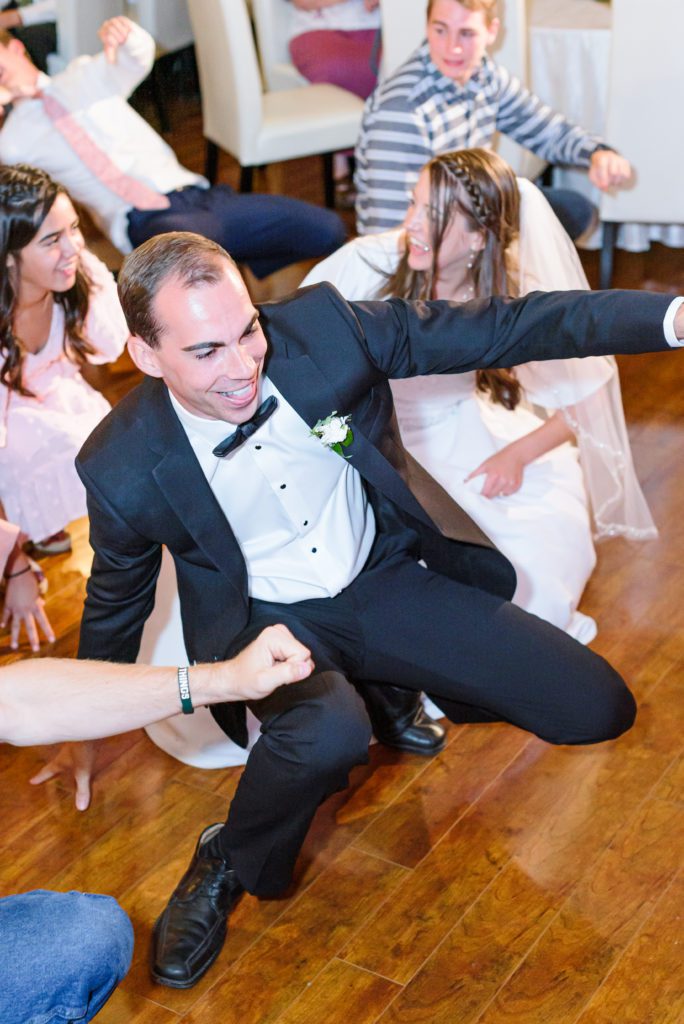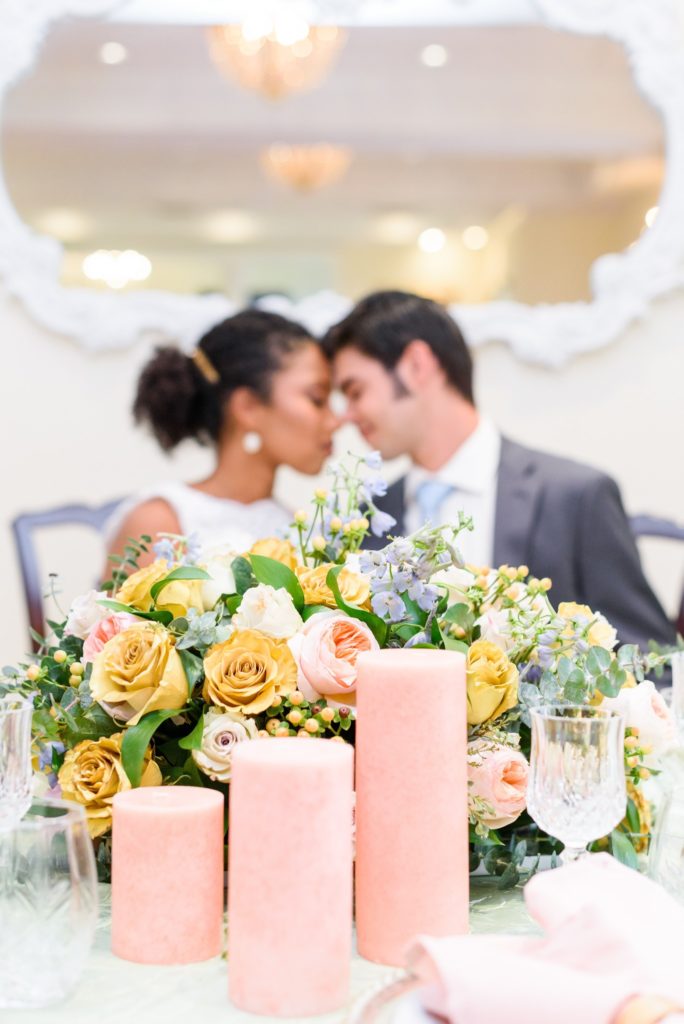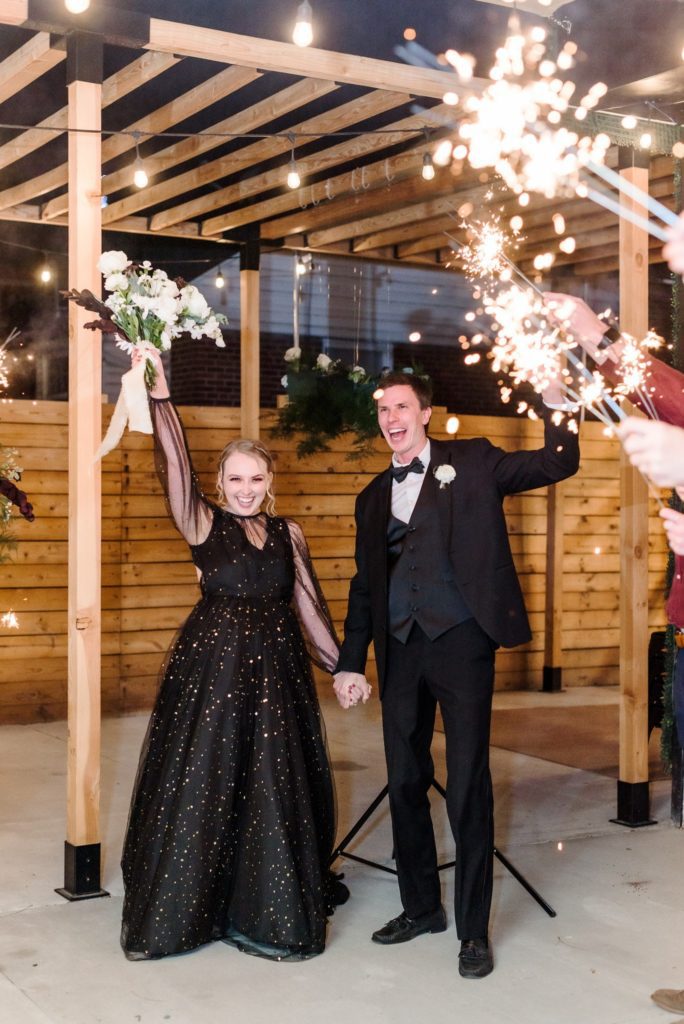Understanding Flash for Light and Airy Photographers
Flash Mini Course for Light and Airy Photographers – Part 1/3
Understanding Flashes
After a lot of flash courses, a lot of practice, and a bazillion hours of learning, this is a compilation of the stuff I felt like I actually needed to know when it comes to using flash for receptions. There are three parts to this flash mini “course”, and I really recommend going through all three.

There are three things you should keep in mind when going through this flash crash course.
- I’m a wedding photographer. So I’m mostly using flash for receptions, and that’s kind of what I apply everything here to.
- My style is very light and airy. The techniques I use are so I can best light both the background and my subject for the most light and airy look possible. This is not a one-style-fits-all model.
- This is beginner stuff. My goal is that someone who’s picking up a flash for the first time can read this, and then go out and shooting a wedding with this info.
Now that you know what to expect, let’s get into the Flash Mini Course!
What to Look for When Buying a Flash
Radio Transmission
This means that if you have multiple flashes (you’ll want them), they can all talk to each other without needing any extra gear. You can take a picture, and have three flashes go off at once.
If your flash doesn’t have radio transmission, you’ll need to buy some kind of extra transmission stuff to make it work. Do yourself a favor, and just buy flashes with radio transmission right off the bat so you don’t have to worry about any of that.
Li-ion Chargeable Batteries
I’m sure you’ve seen photographers talk about buying these huge battery packs that they have to lug around. And you’re like…do I really have to deal with that? No, you don’t. Just get a flash with li-ion batteries. I haven’t had a flash run out of charge during a wedding yet, but I would suggest just buying a few extra batteries and keeping them charged with you at a wedding so you can switch them out real quick if you need to.
TTL
Those letters just mean “auto” for flash. You need a flash that has TTL functions. (ETTL and TTL are the same thing.)
“But I’m supposed to shoot manual for everything, right?” I’ll get into that later on, but for now, trust me that you really do need a flash with both a TTL mode and a manual mode, and it will make your life a thousand times easier.
High Speed Sync (HSS)
If you’ve ever taken a photo with flash, you might have noticed that half of the photo is dark. There’s like a straight up line where it stops being a photo, and starts being just total blackness.
This happens because it takes time for the signal to travel from your camera to your flash. If you’ve used a shutter speed above 1/250, your camera takes the picture before the flash can catch up. Thus, only a part of the image could capture the flash. So to avoid this, you have two options:
- Make sure you use a shutter speed slower than 1/250.
- Make sure you have a flash with High Speed Sync (HSS), which speeds up the signal time so you can use faster shutter speeds.
Want the flash I use? It’s this one. The “N” at the end of Godox V860ii-N stands for Nikon. If you use Canon, you’d have to look for the “C”, Sony, look for the “S”, etc. I do give you a shopping list at the end though, so don’t worry!
Recycle Time
Flashes take up a lot more power and energy than you might think. Each time you take a photo, your flash gathers up enough power to make one big PUNCH to light the room. Problem is, it needs time to gather all that energy between shots. The more flash power you’re using, the longer it needs to gather the energy.
Recycle time is kind of like shutter speed, but for flash. It dictates how fast your flash can actually fire. A slow recycle time is like 4 seconds (aka….your flash will only fire with at least 4 seconds in between each shot if you’re using it at full power). A really good recycle time is 1 second or faster.
What does this mean for you overshooters who like to hold down the shutter? You have two solutions:
- Don’t overshoot. Work on it. Practice it. Be deliberate with the shots you take to make sure your flash is going to fire when you need it to. Working with flash really helped me be more picky about the shots I choose, which honestly is just so much better than taking a million more than you need. Plus, the culling process isn’t as horrendous.
- If you’re super worried about it, you can buy an external battery pack to help you flash gather the energy it needs faster. I’ve never tried this myself, but a lot of people go this route.

Flash Power
They couldn’t make it simple, could they? Unfortunately, we’ll have to bust out our old school fractions to really understand flash power. If you’re in manual mode, this is how you’d understand it:
1/1 is the most powerful your flash can possibly be. It’s 100%. The whole pie.
Then, the higher that second number gets, the more slices to you have to cut the pie into. Less pie for each slice. Less power.
1/8 is still really powerful.
1/32 is a bit less powerful.
1/128 is like, super weak. In most flashes, this is the weakest it can get.
Because my style is light and airy, I try to keep my ISO as high as possible and keep my flash power as low as possible.
Exposure Compensation
When your flash is in TTL mode, it gives it’s best guess for how much light it thinks you need. Sometimes, you might notice that it’s guess is consistently off. This is where exposure compensation comes in. This little symbol right here is what the Godox system uses to show exposure compensation.

Dial the number up (+) and it will give you more power than it’s guess. Dial the number down (-) and the flash will give you less power than it’s guess. Since I’m bright and airy, I usually have my exposure compensation up around +0.7, depending on the situation.

Manual Mode vs. TTL Mode
Manual mode is just that, manual. You tell the flash exactly how much power you want it to have. I only use manual when I know the distance between me and my subject is going to be consistent for an extended period of time- aka, my subject isn’t moving around. I don’t think it’s practical to use for most parts of the reception (at least, not until you’re well practiced).
When you use only natural light, you put your camera on manual. Of course. And that works great! It works great, because your light source is the sun. It’s pretty much the most constant source of light you could possibly have. It doesn’t change much, and you can just adjust your settings when it does. You’ve probably had the idea of “everything manual!!” beat into you with a stick so many times you’re reeling at the idea of using your flash in auto mode (TTL).
Why Flash is Different
When your light source is on your camera, it’s not constant like the sun is. In fact, it changes every single step you take. Or every single step your subject takes. If you take a step closer to your subject, your flash is way more powerful since it’s closer- now it’s too bright. If the couple dances away from you, now your flash is way too weak and can’t reach your subject.
Wedding receptions are move, move, move! You can’t possibly adjust your flash manually for every shot. You’d never be able to keep up! The solution is to keep your camera in manual, like normal, and put your flash in TTL.
So…when would you use manual? When you know that the distance between your flash and your subject is going to remain constant for a while. Cake cuttings and toasts would be a great time to use manual because you know you, your subject, and your flashes are pretty much parked. You can set your flash to the perfect power, and leave it there! For dance floors or entrances though? You can’t really control that situation the same way.
You’re done with Part 1! That was the most boring part, so give yourself a pat on the back. Now it’s time for Part 2- Understanding Modifiers and Bounce. →
Explore the wedding world
Get my 5 favorite Engagement poses, with tips from a charlotte wedding photographer
Featured
Savvy is a wedding photographer in Charlotte, NC 28280. Offering wedding photography in North Carolina.
Contact at savannah@savvyleigh.com. Clients can text (980) 202-0886.
Copyright Savvy Leigh LLC | View our Privacy Policy
get my 5 favorite Engagement sesssion poses
Comments